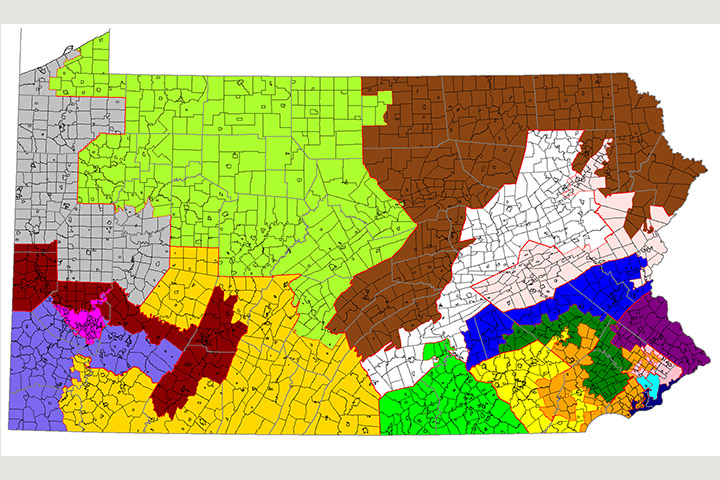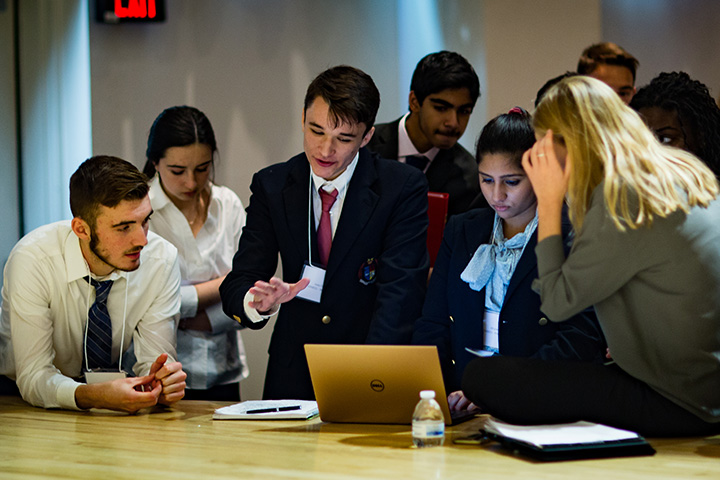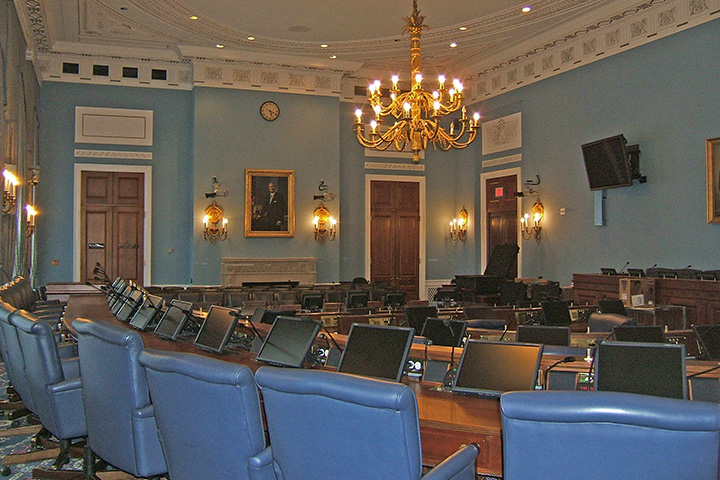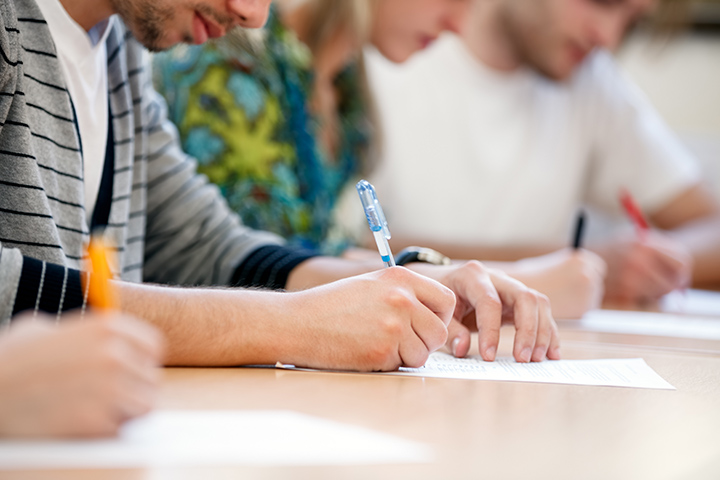Students around the nation at public and non-public schools are taking action in the wake of the Parkland shooting in Florida. In Delaware, students of Wilmington Friends Upper School stood for 17 minutes in silence in honor of the 17 killed and to protest gun violence.
Students Abby VandenBruhl and Casey Tyler told WDEL that they wanted to overcome a sense of powerlessness. VandenBruhl said, “I felt that we were far away,” but concluded, “I have to do this, I have to be part of this because I can’t sit around and watch this happen and know that it could be a school around here next . . .”
“This was a student-initiated statement, an act of civic engagement with a current issue,” said Rebecca Zug, Head of the Upper School. “We are proud that our students learn to let their lives speak on issues that matter to them, whether or not they chose to participate in this act of silent protest. There is no easy or single answer. We encourage engagement, discourse and empathy to solve societal challenges.”
Both Tyler and VandenBruhl hope the walkout will inspire change.
“I think we just need to do something. I feel like we haven’t done anything,” said VandenBruhl. “I think we just need to start trying things and I think we have to start debating and trying things before another tragedy happens.”
Friends schools like this one in Wilmington belong to a Quaker tradition that emphasizes peaceful conflict resolution. Anchored in that tradition, they take a unique approach to forming students for the kind of civic engagement that VandenBruhl and Tyler led.
As part of the Institute for Advanced Studies in Culture‘s School Cultures and Student Formation Project, Notre Dame sociologist David Sikkink studied “alternative pedagogy” schools like Wilmington Friends in order to understand how these unique schools build character and citizenship in their students. Sikkink writes in The Content of Their Character, “These were not rudderless institutions; each had a fairly explicit understanding of student formation goals, which to a large extent were an outgrowth of an alternative vision of the educational task.”
It should not be surprising, then, that these students at a private school stand in solidarity with students at a public high school in Florida. The unique beliefs and practices of the Quaker school cultivates this sort of active citizenship and solidarity.
For teachers in any kind of school, the responsibility of forming responsible citizens is great. The Center for Civic Education offers this foundational lesson for middle school students on how citizens can participate in the United States.






